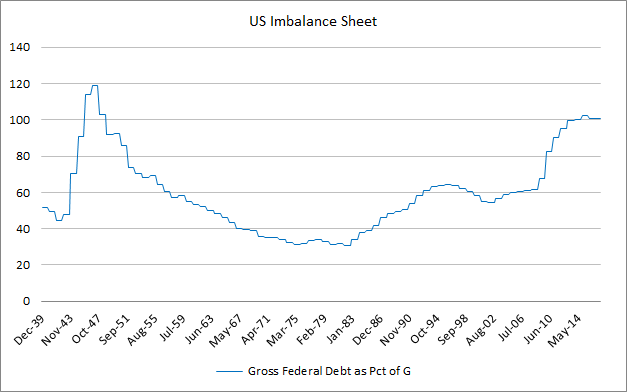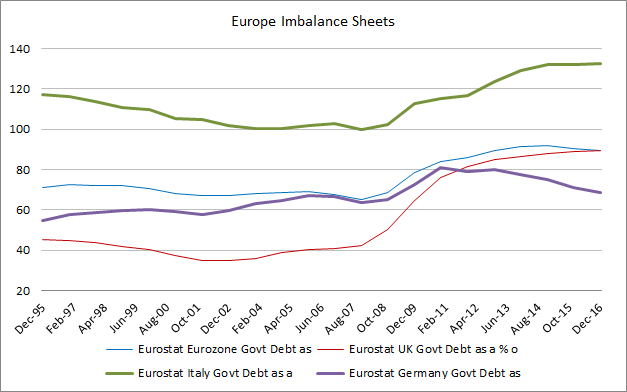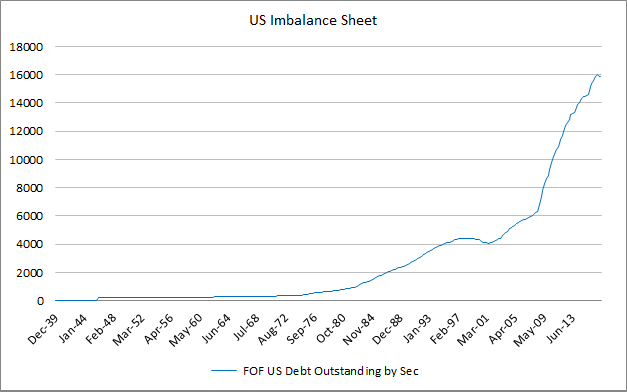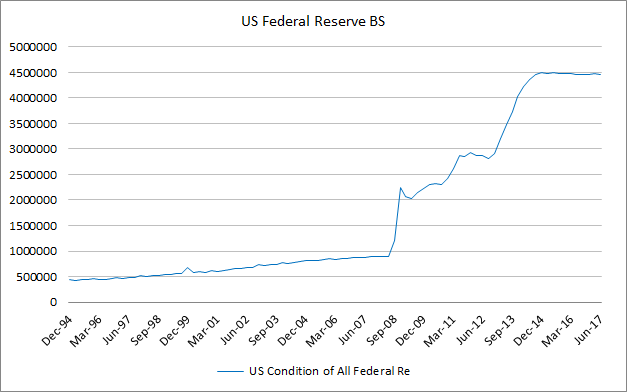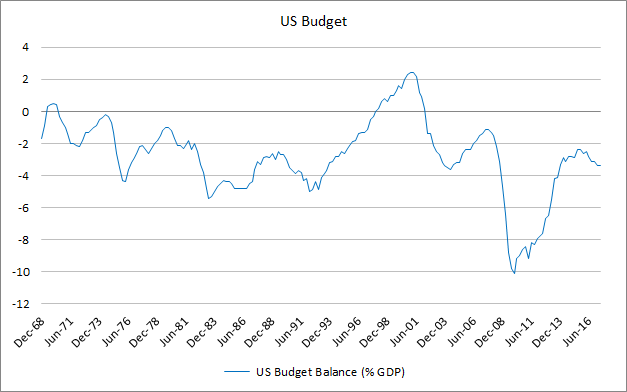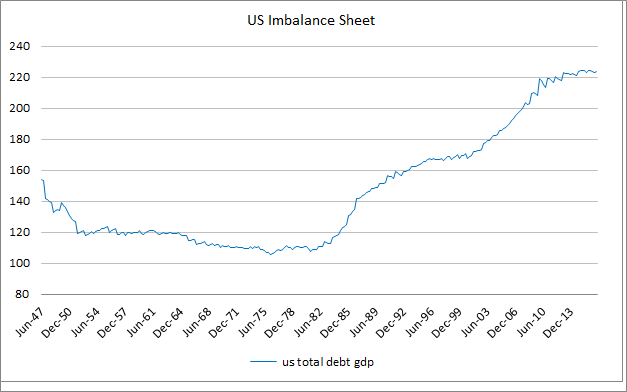I am neither British nor European, so I may not understand the historical and cultural context of Brexit. However, as an external observer, I can see great difficulties ahead for Britain, some of which I believe will be nearly impossible to resolve.
The UK voted to leave the EU by a vote of 52% for and 48% against. Such an even division of the nation between leaving and staying does not make any course of action, staying or leaving, tenable. Democracy requires that the minority accept the interests of the majority, aligning themselves with the collective decision and making the best of it as a nation united. This is not possible with a 52-48 split. A 4 point majority is a sign of a deep, unresolved divide which needs to be addressed.
The government cannot negotiate on behalf of the nation because it cannot negotiate on behalf of just half of the nation. A responsible government has to recognize that the people need to provide it with a clearer mandate. It’s not about choosing which party will represent it in Brussels, it’s about whom whichever party is in government will represent anywhere.
Whatever the plan, the intention, the objective, it has to be the will of at least 60% of the people, maybe more. And the losing side needs to accept the result and work together with the winning side, as one. Otherwise, democracy has not been done and the risk of repeal, of U turns, of changes of government, will remain.
I do not know what the British people want, but they do not want Hard Brexit, lower living standards, slower economic growth, slower wage growth, faster inflation and loss of access to the Common Market.
The referendum question was: Should the United Kingdom remain a member of the European Union or leave the European Union?
How a question is cast can influence its answer. Especially if the consequences of each option are not well understood. The question, as presented to the people of the UK, was unconstructive and exacerbated the division between Leavers and Remainers. Even the monikers were divisive and perpetuate division. A more constructive expression of the question could have led to a decision which united the people in a common purpose, instead of splitting the nation down the middle.
One alternative expression of the EU referendum question is the following: Should we renegotiate the terms of engagement between the UK and the EU? Such an expression would have united the UK in improving or repairing its relations with the EU. The original question partitioned Britons against one another according to their desire to leave or remain in the EU.
One of the problems to begin with was that the then ruling Conservative Party was itself divided. How could a divided party represent a united nation? The government would be unstable and vulnerable to coups and revolts, or, if it rallied behind a single cause, would lose a substantial portion of support from a divided electorate.
Neither the Conservatives nor Labour are credible candidates for government. Britain needs a new party representing a new reality. It needs a British equivalent to Le Republique en Marche, France’s new ruling party. Britain needs a government drawn from people from all walks of life, professionals, entrepreneurs, civil servants, economic agents other than career politicians. It needs this because the people have lost faith in career politicians. But they have not lost faith in themselves, the nation, or the British people.
The last few years are clear evidence that politicians have been winging it, have no better ideas than to maintain the status quo, to push harder, to follow each failure with more of the same. Politicians are no longer fit for purpose to manage the country. We need fresh blood, fresh ideas and people drawn from all walks of life, of varied experience and abilities.
The mood in Britain has been awful this past year. When the Leave camp won the referendum their leaders did not react with jubilation but with an awkward sense of anti-climax and dread. When Cameron resigned, a multiply-mutinous melee left a reluctant Remainer in charge, who went on to appoint Leavers in important and sometimes perplexing positions. Boris for Foreign Office? Instead of triumph and compromise, the new Prime Minister decides to pursue a brutal and ill-tempered Brexit. And then to call a snap election amidst a surge of popularity (relative to Labour), only to squander it with an ill prepared manifesto which only exposed the lack of vision and diligence, garnished with glib slogans and embarrassing policy U turns, and lose the slim majority Cameron had won.
The economy is still resilient, just. Manufacturing and Services PMIs remain firmly above 50, but are beginning to show signs of weakness. GDP growth at 2.0% is faster than the Eurozone’s. But inflation has risen steadily from 0.5% before the referendum to 2.9% in May 2017. Average weekly earnings have sagged from growing at 1.7% last year to shrinking at 1.5% year on year in April 2017. Sterling, already weak from mid-2014 and across 2015, fell from 1.50 pre referendum to a low of 1.20, a drop of over 20%. The cable has since stabilized but it hasn’t made a substantial recovery; why should it when a hung parliament, a shaky, grubby arrangement with the DUP, hang over the Brexit negotiations. Perhaps it is a cunning plan to encourage the EU to soften their position out of pity. The Bank of England now faces a slowing economy and rising inflation on account of weak sterling, an unenviable position.
And this is before separation.
When the divorce negotiations begin, it will be important to have a clear mandate from the people. It’s still 52/48 in answer to a naïve question with unknown and somewhat misrepresented consequences on both sides. The deal, therefore, will be unacceptable to either the 52, if too soft, or the 48 if too harsh. Such a deal will be hard to accept by the people and will have poor foundation. It is not enough for the people to vote on the deal once it has been crafted but not baked, it is necessary for the people’s intentions in terms of what kind of deal they want, since they will have to live with the consequences, to be heard before the negotiations begin.
This is an opportunity to deepen the divide, or to reunite. It will depend on what and how the question is put to the people. More than the practicality of obtaining a position, it is an opportunity to reunite the people behind a single cause, that of redefining the terms of engagement with the EU. A united front could make the negotiation a more honest, predictable and reasonable one.
Carry on regardless and this opportunity will be lost, any bargain struck, unsafe, and the rift between half the people will be swept under the carpet only to be rediscovered at some point in the uncertain future.
